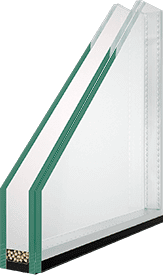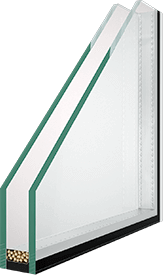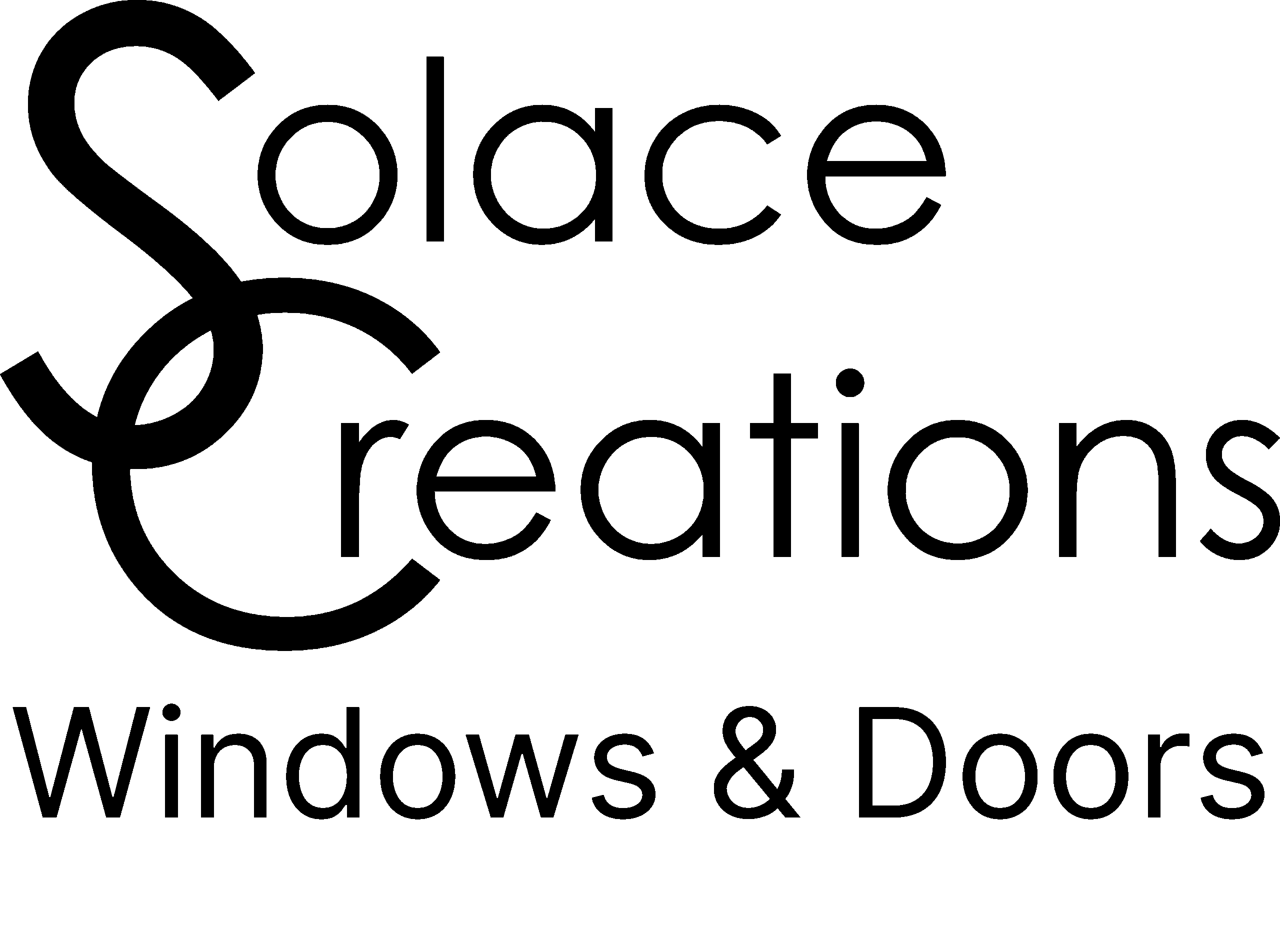South
The south side of your home receives no direct sunlight any time of the year, making these rooms naturally colder.
East
The east side of your home receives morning sun throughout winter and summer.
West
On the west, your home receives intense afternoon sun in the summer which can lead to overheating.
North
In winter, the sun sits lower in the sky, allowing sunlight to enter through your windows, where it is trapped by double glazing, helping to warm your home naturally
North Facing
In winter, the sun sits lower in the sky, allowing sunlight to enter through your windows, where it is trapped by double glazing, helping to warm your home naturally. While this provides beneficial warmth, it also allows harmful UV rays to enter, which can cause fading to your furnishings, floors, and artwork. To protect against this, we recommend using laminated glass on these windows, which blocks up to 99% of UV rays while still allowing natural light in. Additionally, incorporating 600mm eaves on the north side of your home is beneficial. These eaves are designed to block the higher summer sun, reducing heat gain and keeping your home cooler during the hotter months while allowing you to take advantage of the winter sunlight.

East Facing
The east side of your home receives morning sun throughout winter and summer, which can be advantageous for natural heating but also requires careful management. To achieve the best results, laminated glass combined with adjustable shading solutions such as deciduous trees, external roller blinds, or internal blinds is recommended. Laminated glass reduces UV exposure, helps control glare, and enhances insulation. The external shading options allow you to fine-tune the amount of sunlight entering the room, giving you greater flexibility in managing indoor temperatures. In winter, you can allow the sun to warm the space, while in summer, you can block excess heat, ensuring year-round comfort and energy efficiency.

South Facing
The south side of your home receives no direct sunlight at any time of the year, making these rooms naturally colder. To help retain warmth in these spaces, it’s beneficial to use low-E (low-emissivity) glass, which enhances the insulation properties of your windows and doors. Low-E glass has a special coating that reflects indoor heat back into the room, reducing heat loss and keeping these areas warmer and more comfortable. This type of glass not only helps maintain consistent indoor temperatures but also improves energy efficiency by reducing the need for excessive heating during colder months. Proper insulation combined with low-E glass ensures that the warmth generated inside stays where it’s needed most.

West Facing
The west side of your home receives intense afternoon sun during the summer, which can lead to overheating. To prevent this, it’s essential to use effective shading solutions, limit westerly-facing windows, or opt for Low-E Max or Low-E Advance glass. This specialised glass is designed to reflect a significant portion of the sun’s heat, bouncing it back outside while allowing around 27% of natural light to enter the home. Low-E Max glass strikes a balance between blocking excessive heat and maintaining a well-lit space. Additionally, incorporating external shading options like awnings or strategically placed vegetation can further reduce heat gain, keeping your home cool and comfortable even during the hottest months.

Get a Free Consultation
Solace Creations is dedicated to transforming your vision into reality. With our complimentary consultation, we tailor your quote to meet your unique design and performance needs.
About Solace Creations
Proudly Canberra-Owned, pioneering the insulated windows and doors industry since 2006
Opening Styles
Custom designed insulated windows and doors for each room in your home
Services
From design to installation, we have your project covered
Blog
Take a look at our major projects, before & after installations, information and more
